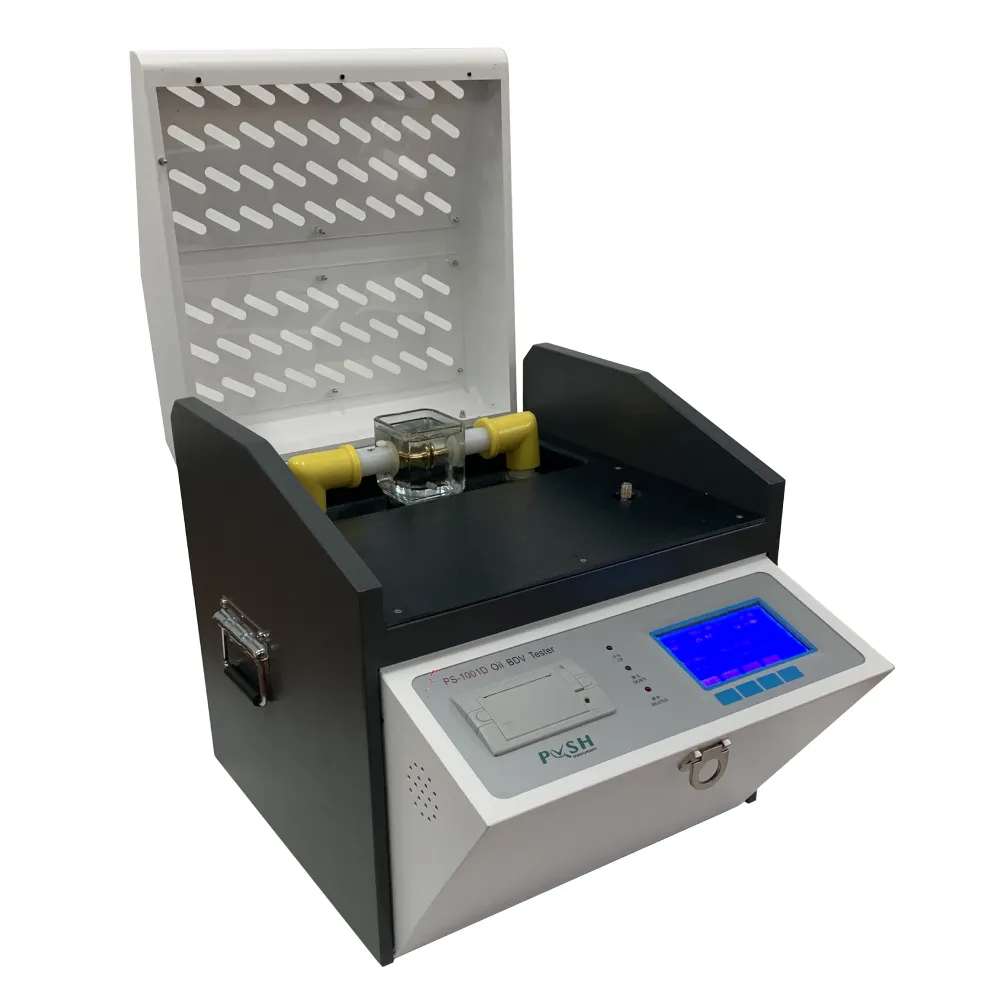 English
English



-
 Afrikaans
Afrikaans -
 Albanian
Albanian -
 Amharic
Amharic -
 Arabic
Arabic -
 Armenian
Armenian -
 Azerbaijani
Azerbaijani -
 Basque
Basque -
 Belarusian
Belarusian -
 Bengali
Bengali -
 Bosnian
Bosnian -
 Bulgarian
Bulgarian -
 Catalan
Catalan -
 Cebuano
Cebuano -
 China
China -
 China (Taiwan)
China (Taiwan) -
 Corsican
Corsican -
 Croatian
Croatian -
 Czech
Czech -
 Danish
Danish -
 Dutch
Dutch -
 English
English -
 Esperanto
Esperanto -
 Estonian
Estonian -
 Finnish
Finnish -
 French
French -
 Frisian
Frisian -
 Galician
Galician -
 Georgian
Georgian -
 German
German -
 Greek
Greek -
 Gujarati
Gujarati -
 Haitian Creole
Haitian Creole -
 hausa
hausa -
 hawaiian
hawaiian -
 Hebrew
Hebrew -
 Hindi
Hindi -
 Miao
Miao -
 Hungarian
Hungarian -
 Icelandic
Icelandic -
 igbo
igbo -
 Indonesian
Indonesian -
 irish
irish -
 Italian
Italian -
 Japanese
Japanese -
 Javanese
Javanese -
 Kannada
Kannada -
 kazakh
kazakh -
 Khmer
Khmer -
 Rwandese
Rwandese -
 Korean
Korean -
 Kurdish
Kurdish -
 Kyrgyz
Kyrgyz -
 Lao
Lao -
 Latin
Latin -
 Latvian
Latvian -
 Lithuanian
Lithuanian -
 Luxembourgish
Luxembourgish -
 Macedonian
Macedonian -
 Malgashi
Malgashi -
 Malay
Malay -
 Malayalam
Malayalam -
 Maltese
Maltese -
 Maori
Maori -
 Marathi
Marathi -
 Mongolian
Mongolian -
 Myanmar
Myanmar -
 Nepali
Nepali -
 Norwegian
Norwegian -
 Norwegian
Norwegian -
 Occitan
Occitan -
 Pashto
Pashto -
 Persian
Persian -
 Polish
Polish -
 Portuguese
Portuguese -
 Punjabi
Punjabi -
 Romanian
Romanian -
 Russian
Russian -
 Samoan
Samoan -
 Scottish Gaelic
Scottish Gaelic -
 Serbian
Serbian -
 Sesotho
Sesotho -
 Shona
Shona -
 Sindhi
Sindhi -
 Sinhala
Sinhala -
 Slovak
Slovak -
 Slovenian
Slovenian -
 Somali
Somali -
 Spanish
Spanish -
 Sundanese
Sundanese -
 Swahili
Swahili -
 Swedish
Swedish -
 Tagalog
Tagalog -
 Tajik
Tajik -
 Tamil
Tamil -
 Tatar
Tatar -
 Telugu
Telugu -
 Thai
Thai -
 Turkish
Turkish -
 Turkmen
Turkmen -
 Ukrainian
Ukrainian -
 Urdu
Urdu -
 Uighur
Uighur -
 Uzbek
Uzbek -
 Vietnamese
Vietnamese -
 Welsh
Welsh -
 Bantu
Bantu -
 Yiddish
Yiddish -
 Yoruba
Yoruba -
 Zulu
Zulu
Evaluating the Performance of Auto Transformers in Various Testing Scenarios
Testing of Auto Transformers An Overview
Auto transformers, a type of electrical transformer, have gained popularity in various applications due to their efficiency and compact design. Unlike traditional transformers that use separate primary and secondary windings, auto transformers utilize a single winding that serves both purposes, making them lighter and more economical. However, the performance and reliability of these devices hinge critically on thorough testing and evaluation.
Importance of Testing Auto Transformers
Testing is essential to ensure that auto transformers operate effectively and safely within their designated parameters. Given that these transformers often handle significant voltage levels, testing helps identify issues such as insulation failure, winding shorts, and other potential malfunction risks. Comprehensive testing not only enhances the reliability of auto transformers but also ensures compliance with industry standards and regulatory requirements.
Key Testing Procedures
Several key tests are routinely conducted to evaluate the performance of auto transformers
1. Insulation Resistance Test This test measures the insulation resistance of the transformer windings to ground and between windings. A high insulation resistance indicates good quality insulation, vital for preventing short circuits and electrical leakage.
2. Turns Ratio Test The turns ratio test verifies the ratio of turns between the primary and secondary sides. It ensures that the auto transformer operates at the designed transformation ratio. An inaccurate turns ratio can lead to inefficient voltage regulation and potential damage.
auto transformer testing

3. Saturation Test This test evaluates how the auto transformer performs at different operating voltages and helps identify the point at which the core material saturates. Saturation can lead to increased losses and overheating, potentially compromising the transformer's integrity.
4. Load Test The load test assesses the performance of the auto transformer under actual working conditions. By applying a load and measuring parameters such as voltage, current, and temperature, testers can evaluate efficiency and ensure that the transformer can handle its rated capacity without overheating.
5. Thermal Imaging This non-invasive technique involves using thermal imaging cameras to detect hot spots in the transformer. Overheating can indicate underlying issues such as increased resistance or winding faults. Regular thermal imaging can help predict and prevent failures before they lead to significant downtime or accidents.
Challenges in Testing
While testing auto transformers is crucial, it comes with its own set of challenges. For instance, accurately simulating different operating conditions can be complex, and specialized equipment is often required for detailed analysis. Furthermore, safety is always a concern when testing high-voltage equipment, necessitating strict adherence to safety protocols.
Conclusion
In conclusion, the testing of auto transformers is an indispensable aspect of ensuring their efficiency, reliability, and safety. By employing a combination of various testing methods, engineers can gain valuable insights into the transformer's condition and performance. As the demand for energy-efficient solutions continues to grow, investing in rigorous testing practices will be essential in advancing the reliability and effectiveness of auto transformers in diverse applications.
-
Exploring the Main Types of Industrial Endoscopes and Their Applications Across IndustriesNewsJul.04,2025
-
Testing Equipment Industry Sees Major Advancements in 2025: Smart & Precision Technologies Lead the WayNewsJun.06,2025
-
Applications of Direct Current Generators in Renewable Energy SystemsNewsJun.05,2025
-
Hipot Tester Calibration and Accuracy GuidelinesNewsJun.05,2025
-
Digital Circuit Breaker Analyzer Features and BenefitsNewsJun.05,2025
-
Benefits of Real-Time Power Quality Monitoring Devices for Industrial EfficiencyNewsJun.05,2025



